It is expected that the procession and enshrinement of the Buddha's relics will be held solemnly, safely, and in accordance with the rituals, while also creating opportunities for a large number of monks, nuns, Buddhists, and tourists to come and worship. The Buddha's relics are a national treasure of India, and this is the first time the relics have been invited to Vietnam.
 |
Close-up of Buddha's relics, a national treasure of India. (Photo courtesy of Contributor) |
The organizers note that when visiting the Buddha's relics, people and visitors should keep their minds pure, dress solemnly and discreetly, and avoid wearing anything offensive or flashy. During the visit, it is necessary to maintain order, not jostle, and not film or take photos indiscriminately.
The enshrinement of Buddha's relics is also an opportunity for Phuc Son Pagoda - an ancient temple over 400 years old - to demonstrate its role in preserving and spreading the spiritual, cultural and historical values of Buddhism in Northern Vietnam.
 |
Jade Buddha of King Tran Nhan Tong. (Photo courtesy) |
It is known that Phuc Son Pagoda (also known as Ngo Xa Pagoda) is located in Cao Xa Commune, Tan Yen District, Bac Giang Province. The pagoda was also chosen as the place to enshrine the jade Buddha statue of King Tran Nhan Tong after a 22-day procession through many pagodas in the North.
The pagoda was built in 1693 – the 14th year of the Chinh Hoa reign under the Le Trung Hung dynasty – the Later Le dynasty. The pagoda was built entirely of ironwood on a large plot of land on Chua mountain, shaped like a phoenix spreading its wings and flying, so it is also called Phuong Hoang mountain.
Source: https://baophapluat.vn/chiem-bai-xa-loi-phat-tai-ngoi-chua-400-nam-tuoi-o-bac-giang-post549194.html




![[Photo] Ho Chi Minh City holds funeral for former President Tran Duc Luong](https://vphoto.vietnam.vn/thumb/1200x675/vietnam/resource/IMAGE/2025/5/24/9c1858ebd3d04170b6cef2e6bcb2019e)

![[Photo] Party and State leaders visit former President Tran Duc Luong](https://vphoto.vietnam.vn/thumb/1200x675/vietnam/resource/IMAGE/2025/5/24/960db9b19102400e8df68d5a6caadcf6)



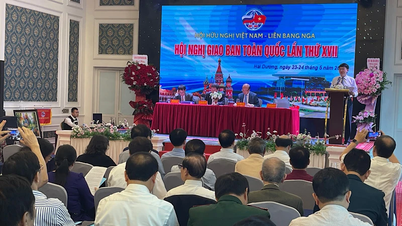

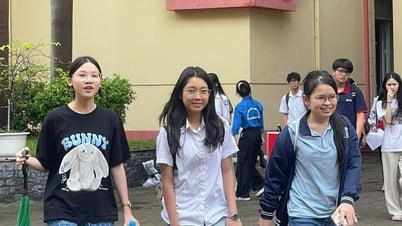
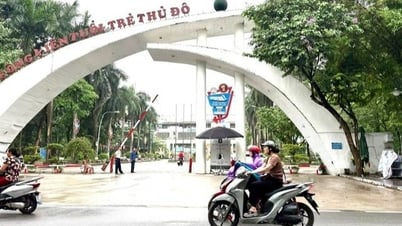
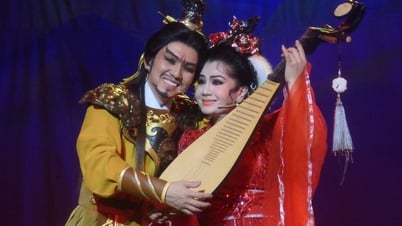

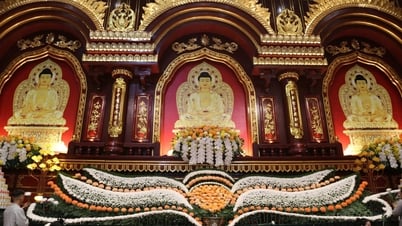





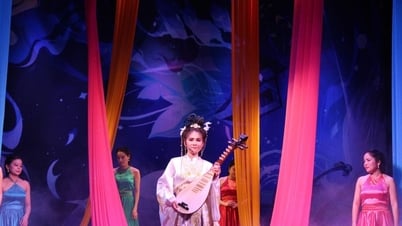

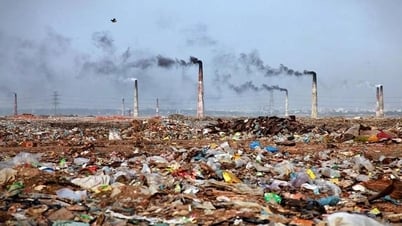
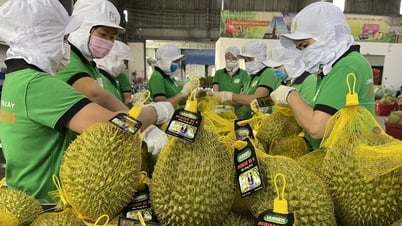
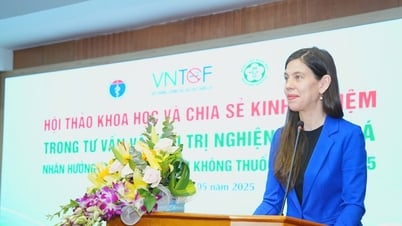
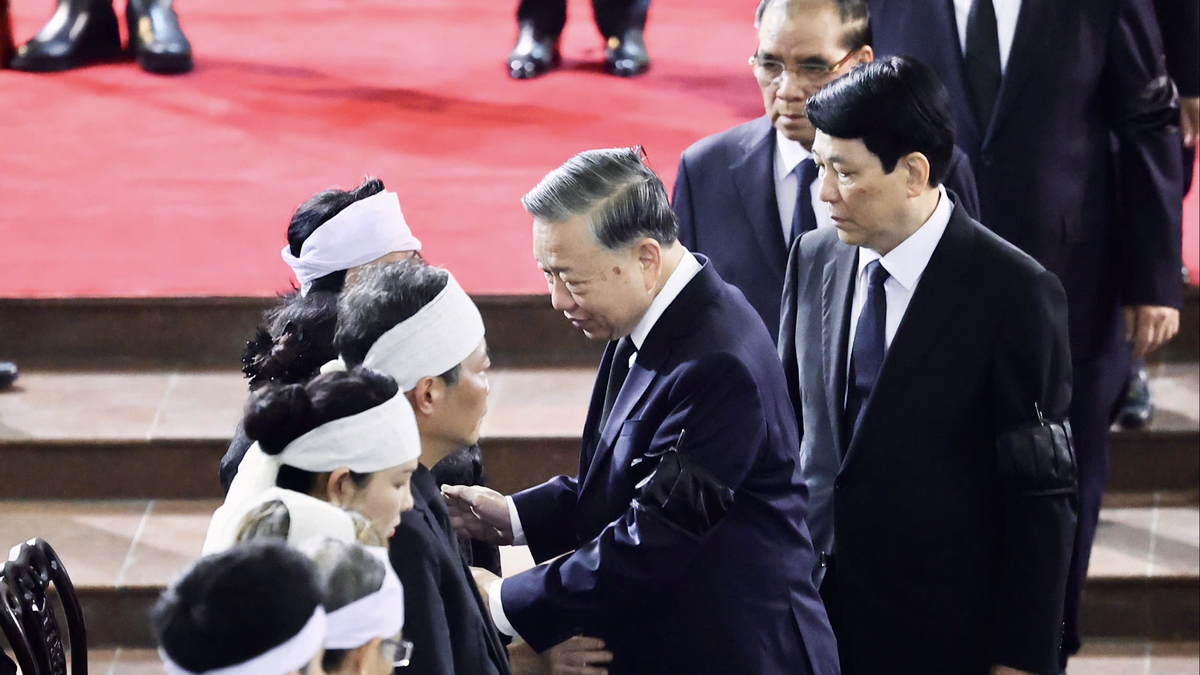

































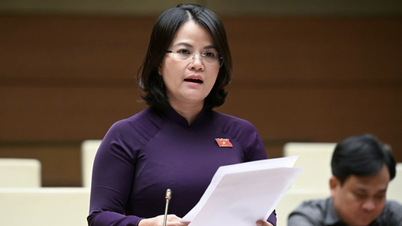
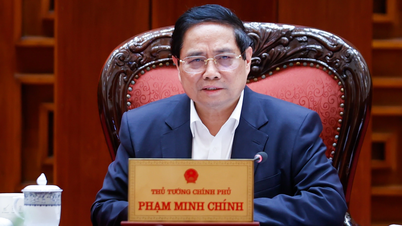












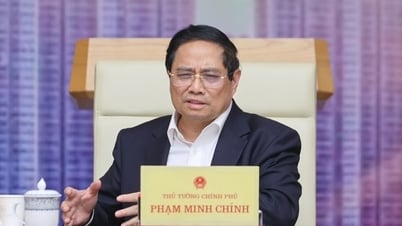

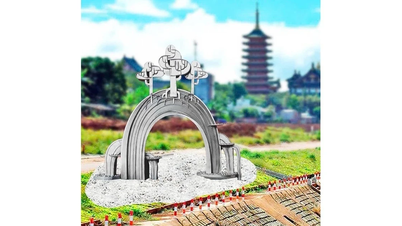



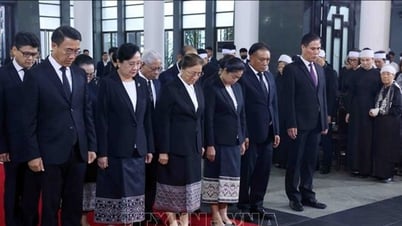

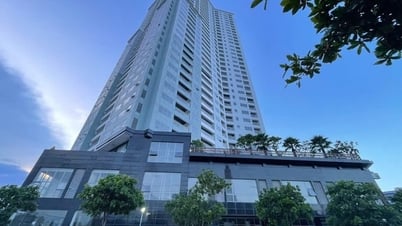













Comment (0)